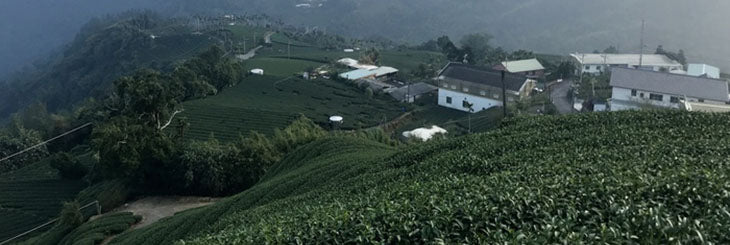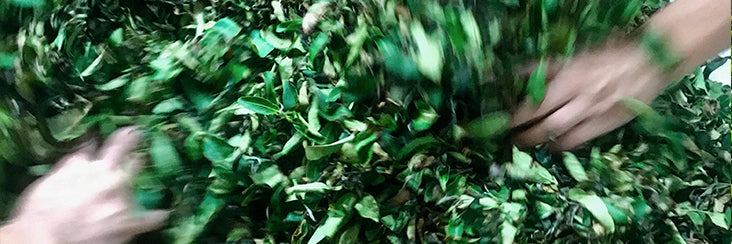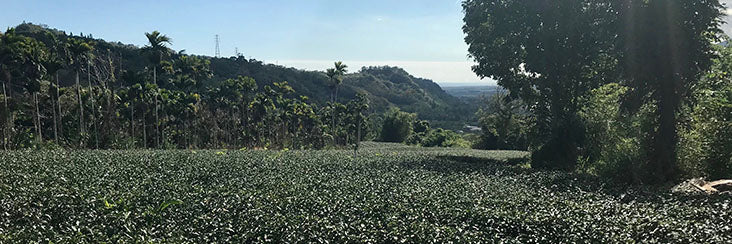News

Taiwan Eco-Farmed High Mountain Oolong Tea Spring 2022 | Eco-Cha Teas

Alishan High Mountain Jin Xuan Oolong Summer 2020: Buttered Love

Singular Batch Traditional Oolong Tea | Labor Of Love Oolong
This very small fall harvest of naturally cultivated Oolong leaves was painstakingly processed by a father and son team who are top representatives of their local tea industry. The most inspiring fact is that the son is wholeheartedly inheriting his family's tradition, and this small batch of tea is testimony to that.
The name "Hong Shui (Red Water) Oolong" has been a buzzword in Oolong circles in recent years. But the tea makers who have inherited their local tradition say that this is simply a new name for tea processed like their grandfathers taught them. It used to just be called "Oolong Tea"!

Red Oolong Tea: Gem Of Taiwan's Southeast Coast
Red Oolong offers a smooth, balanced, mildly sweet, rich but not quite bold flavor profile, with elements of fruit compote, pumpkin pie, and a hint of dried flowers. This ultra-friendly character, combined with the fact that almost all Red Oolong is cultivated naturally on the southeast coast of Taiwan, facing the wide open Pacific, where the sky reminds a North American of the northern west coast, is no wonder why it is rapidly gaining popularity on the international market. Once again, Taiwan leads the way in Oolong Tea innovation!

